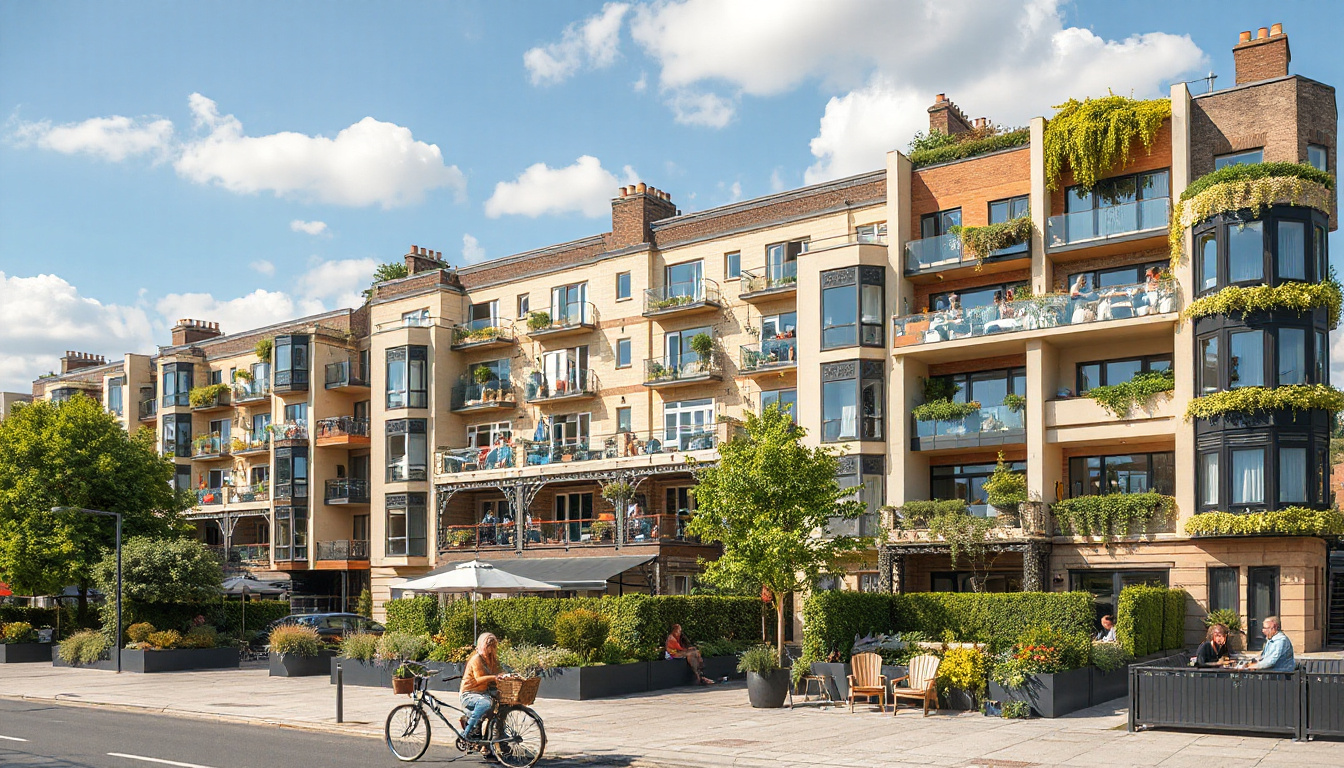Luxury Houses in Multiple Occupation (HMOs) Draw Interest from London Property Investors
London’s property market remains competitive; luxury HMOs, which attract investors, deliver strong yields and long‐term growth, linking rental income with capital retention in prime urban sites. Investors, motivated by profitability, favor multi‐occupancy dwellings where professionals and students, demanding quality and proximity, share living spaces.
Why HMOs Are Gaining Popularity
Luxury HMOs, yielding returns higher than conventional buy-to-let assets, command attention in London’s esteemed districts; tenant demand clusters near universities and business centres, binding occupancy with sustained cash input and rendering these properties high in value. Article 4 planning constraints, limiting the conversion of traditional homes without permission, restrict new supply; licensed HMOs, already compliant with regulations, become scarce assets and thus more desirable to investors who select properties with certified licensing to minimize regulatory risk and simplify refinancing.
Financing Luxury HMOs: Specialist Lending Required
Securing finance for luxury HMOs demands specialist expertise in HMO-focused credit; lenders, examining rental income projections, licensing details, and landlord management competence, differ markedly from standard buy-to-let assessments. Specialist financiers, who reward complete compliance and robust tenancy records, present mortgage offers that account for nuanced income evaluations; investors with verified management portfolios and extensive documentation—licenses, rental agreements, and occupancy records—more frequently secure favorable borrowing conditions, as property valuation concentrates on income generation rather than simple market price.
Navigating Regulatory Challenges
London authorities enforce stringent controls over HMOs to balance residential density with community welfare; licensing becomes mandatory when properties accommodate five or more unrelated individuals, while some boroughs extend such measures to smaller shared houses, binding legal compliance with tenancy viability. Investors, relying on a comprehensive grasp of borough-specific policies and planning procedures under Article 4 restrictions, recognize that properties exhibiting measured design modifications and a minimal impact on local communities more readily achieve planning approval; maintaining thorough records of lawful occupancy and proper licensing thus safeguards both tenant safety and asset value amid progressively rigorous regulation.
Summary
For investors, London luxury HMOs intertwine high rental returns with prospects for capital growth in a demanding market; success rests on mastering the complexities of specialized finance, strict licensing protocols, and nuanced planning limitations while acquiring and managing compliant properties in prime locations.


